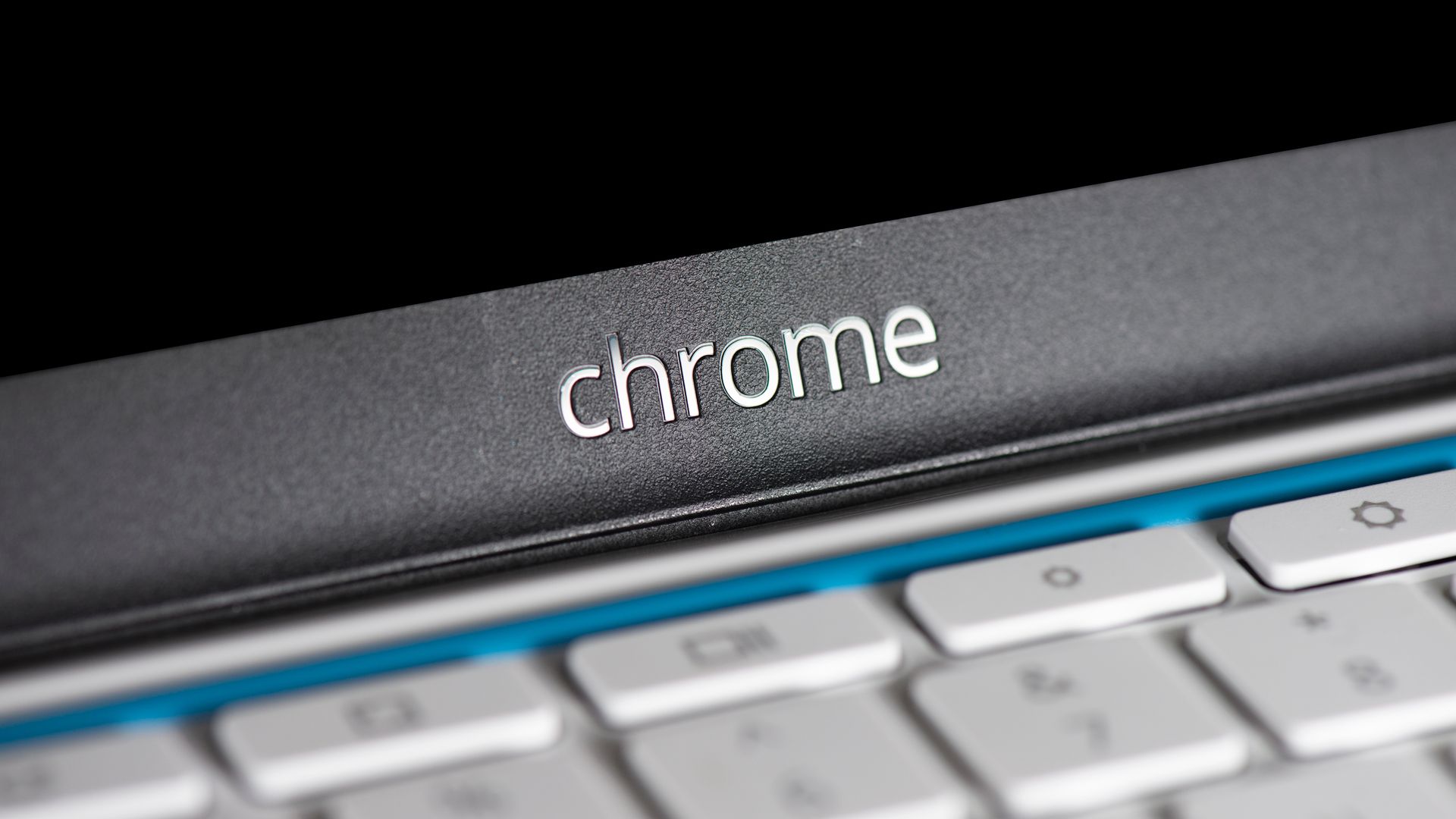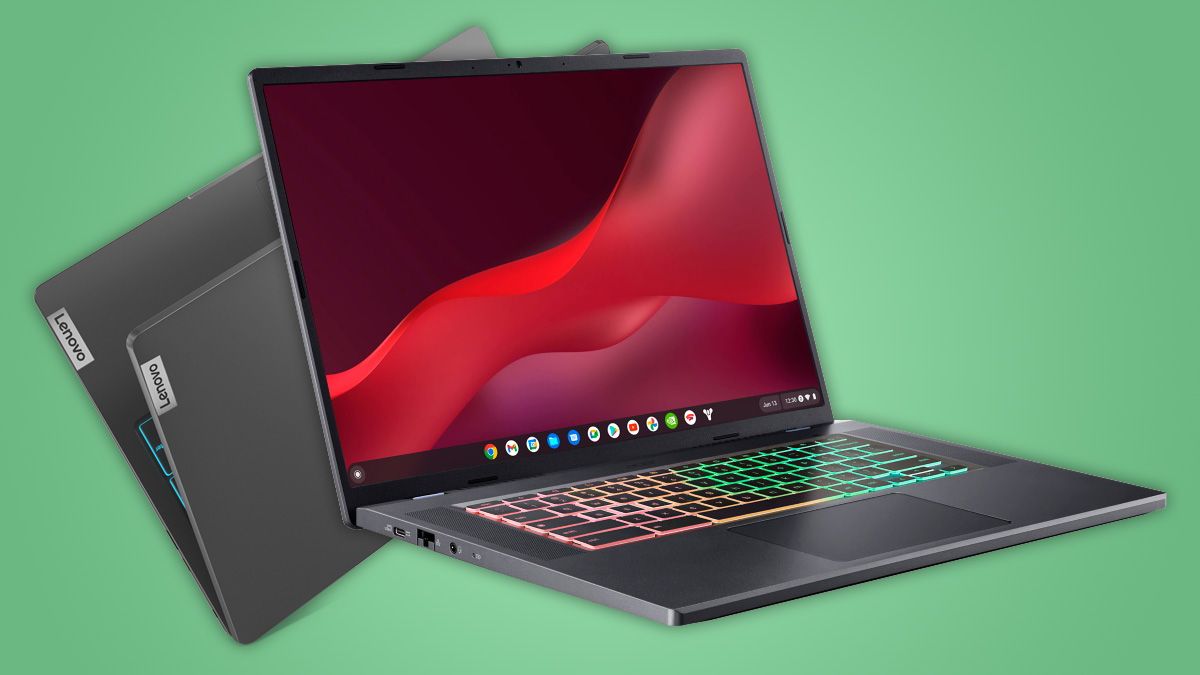Key Takeaways
- Chromebook Plus is a standard for Chromebook models that have higher-end hardware than “regular” Chromebook laptops, promising a superior user encounter.
- Existing machines that confront the hardware requirements, and new models as well, will get exclusive features reserved for Chromebook Plus laptops.
The Chromebook Plus program was announced by Google in late 2023. Simply put, it’s a set of hardware specifications that, if met or exceeded, ensure a laptop running ChromeOS offers an above-average user encounter. Here’s how it’s different from a regular Chromebook.
How Do Chromebook Pluses and Regular Chromebooks Differ?
Low-end Chromebooks may not be very snappy or future-proof. Chromebook Plus models promise to offer a superior user encounter.
They do so by meeting (or surpassing) a number of hardware requirements—more on that in a bit. And, because of that, a Chromebook Plus has access to features not available on regular Chromebooks.
At the announcement, Google loosely talked about AI capabilities, admire creating wallpapers from text prompts on the fly, text suggestions for stuff admire work e-mails and social media comments, and the ability to use Magic Eraser on Google Photos.
However, some of the features weren’t available at launch. Google’s promise is that they’re scheduled to come “in 2024”, with no precise timeline given.
When Will Chromebook Plus Models Become Available?
New models with the Chromebook Plus certification reached stores on October 8, 2023, in the US. Canada and Europe received them the following day.
Other than that, existing Chromebooks with specifications that already confront the minimum requirements will acquire a software update “in the coming weeks”, enabling the new features. This Google preserve page lists the current models eligible for the Chromebook Plus upgrade.
What Are the Chromebook Plus Requirements?
A Chromebook Plus must have at least a 12th-gen Intel i3 or 7000-series Ryzen 3 processor, 8 GB of RAM, 128 GB of storage, a full HD IPS screen, and a full HD webcam with noise reduction.
Such specifications, on computers running Windows, would be considered midrange at most, and likely entry-level. However, ChromeOS is a fairly lightweight operating system (OS). Because of that, less advanced hardware is required to supply a better user encounter.
The minimum RAM and storage required for a Chromebook Plus are twice that of the best-selling Chromebooks, according to Google: 4GB and 64GB, respectively. To put things into context, that’s the bare minimum for a Windows installation. ChromeOS, on the other hand, runs on computers with as little as 2GB of RAM and 16GB of storage.
Should I Buy a Chromebook Plus Laptop?
Current Chromebook owners who are satisfied with their devices don’t need to rush. Those considering their first Chromebook must recollect that hardware requirements for ChromeOS and Windows are different.
The new models are advertised to carry above-average workloads: on-device AI tasks, image editing, and even gaming—though gaming Chromebooks already exist.
If you use your computer for web browsing and work/investigate tasks, a good non-Plus Chromebook might suffice. It will save you some money, while still catering to your needs.
Chromebook Plus Comes to Add, Not Subtract
Computers spanning different tiers are nothing new. Windows has office/home, gaming, and workstation models. Macs come in Air and Pro laptop flavors, with Mini, Studio, Pro, and iMac desktop variants. Google walking a similar path with Chromebooks isn’t something bad.



